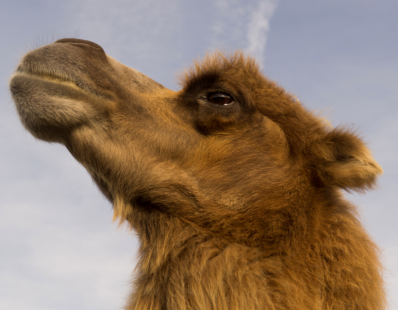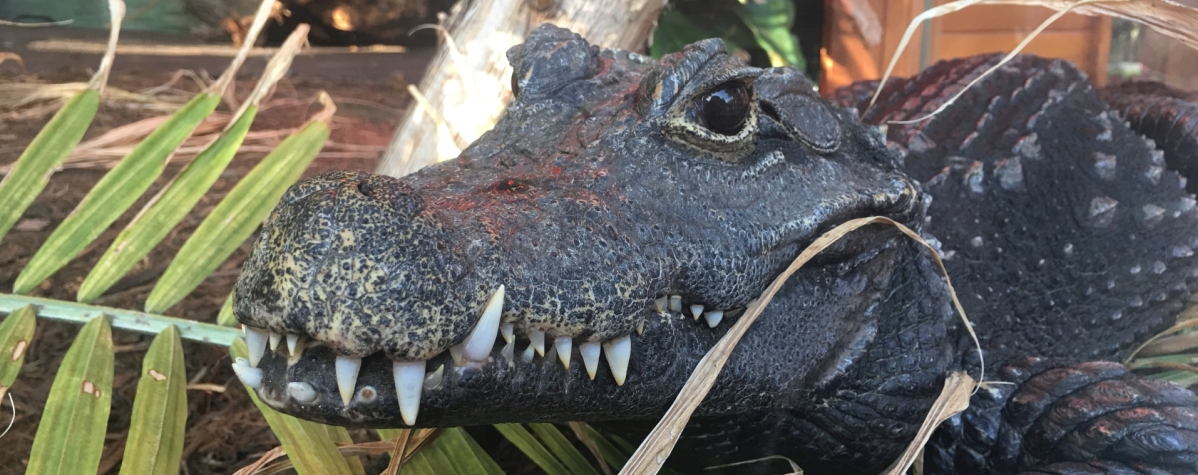Bactrian Camel
Scientific classification
| Species | Camelus bactrianus |
| Kingdom | Animalia |
| Phylum | Chordata |
| Class | Mammalia |
| Order | Artiodactyla |
| Family | Camelidae |
| IUCN Status | Critically Endangered |
Appearance & Lifespan
The Bactrian camel stands approximately 2m (6.6 ft) tall and 3m (9.8 ft) long. It has two humps on its back and can weigh up to 1000 kilograms (2204 pounds). The Bactrian camel has two toes on its large flat-bottomed feet which can spread widely to help the camel walk on desert sand. This species of camel’s coat is sandy beige to dark brown in colour and becomes thick and shaggy in winter when desert temperatures can reach -30 ºC (-22 ºF).
The slender nostrils of the Bactrian camel can be sealed and it has long eyelashes that help to keep penetrating sand out during harsh desert sandstorms. Like other animals of the same family, the Bactrian camel has a split upper lip with each part separately mobile from the other.
The Bactrian camels lifespan is 15-20 years in the wild and 20-30 years in captivity.
Behaviour & Reproduction
Females and young travel in groups of 10-30 and are led by one dominant male. Females give birth to one young and rarely twins every two years after a gestation period of 12-14 months. They can produce up to 12 young in their lifetime. The young can stand and walk only a few hours after birth and stay with their mothers for their first 3-5 years. Male Bactrian camels reach sexual maturity at 5-6 years of age, females at 3-4 years.
Ecology & Conservation
The Bactrian camel has a diet consisting of mainly leaves, grass, and shrubs but it can eat just about anything (including thorns) when food is scarce. With a three-compartmented stomach, camelids can regurgitate and re-chew ingested food, much like cows or true ruminants.
Each of the Bactrian camel’s humps weigh approximately 33 kilograms (73 pounds). Tissue in the humps can be metabolized as a source of energy which can allow a camel to survive for about two weeks without water and one month without food.
Food at the Zoo
At the zoo, Bactrian camels are fed alfalfa flakes, hay, ruminant pellets, apples and carrots and various browse. They are also provided with salt blocks.
Threats
Less than 1000 wild Bactrian camels exist in the world, in China and Mongolia. The last of the wild herds are facing a population size reduction of 80% within its next three generations (estimated at 45 to 50 years). The wild herds compete with domestic stock for food and with other livestock which makes them a hunting target. Mining and pipeline development through their limited habitat also poses a threat to remaining herds.
Did You Know?
- Camels have been domesticated in Asia for over 3000 years. They have been used for their meat, milk, fiber, and as transportation.
- Bactrian camels are migratory animals and their habitat varies from Rocky Mountains to dry deserts.
- Camels can go without water for several weeks but when they find water, they can drink up to 57 litres at once.
- There are considered to be 3 different species of camel in the world, including the Bactrian (domestic), wild Bactrian and Dromedary. A great way to remember the difference between Bactrian and Dromedary camels is to use the letters “B” and “D”. Bactrian camels have 2 humps like the letter “B” and Dromedary camels have one hump like the letter “D”.
Adopt the Camel
Become a part of the Riverview Park and Zoo family through our Adopt an Animal Program!


